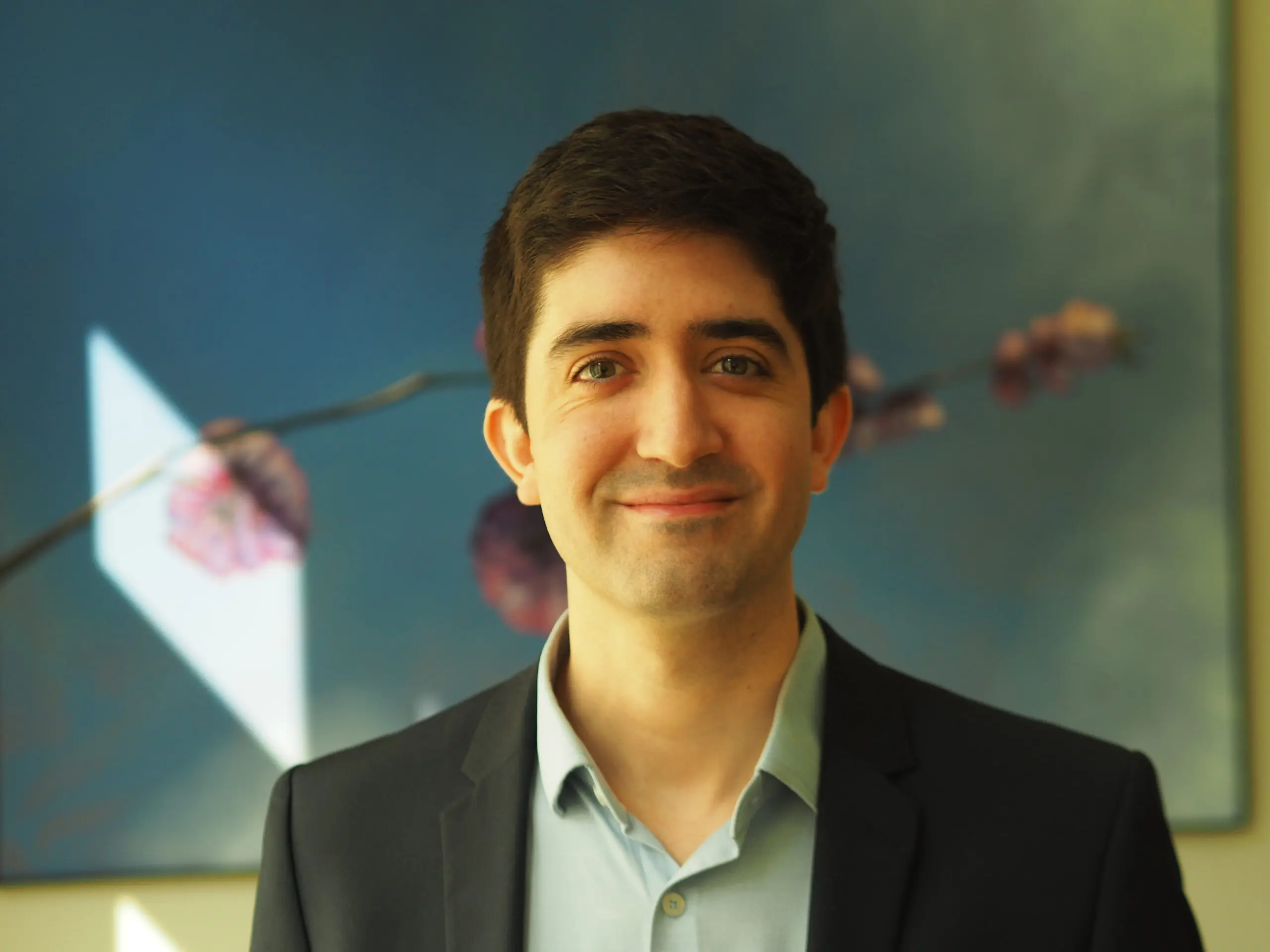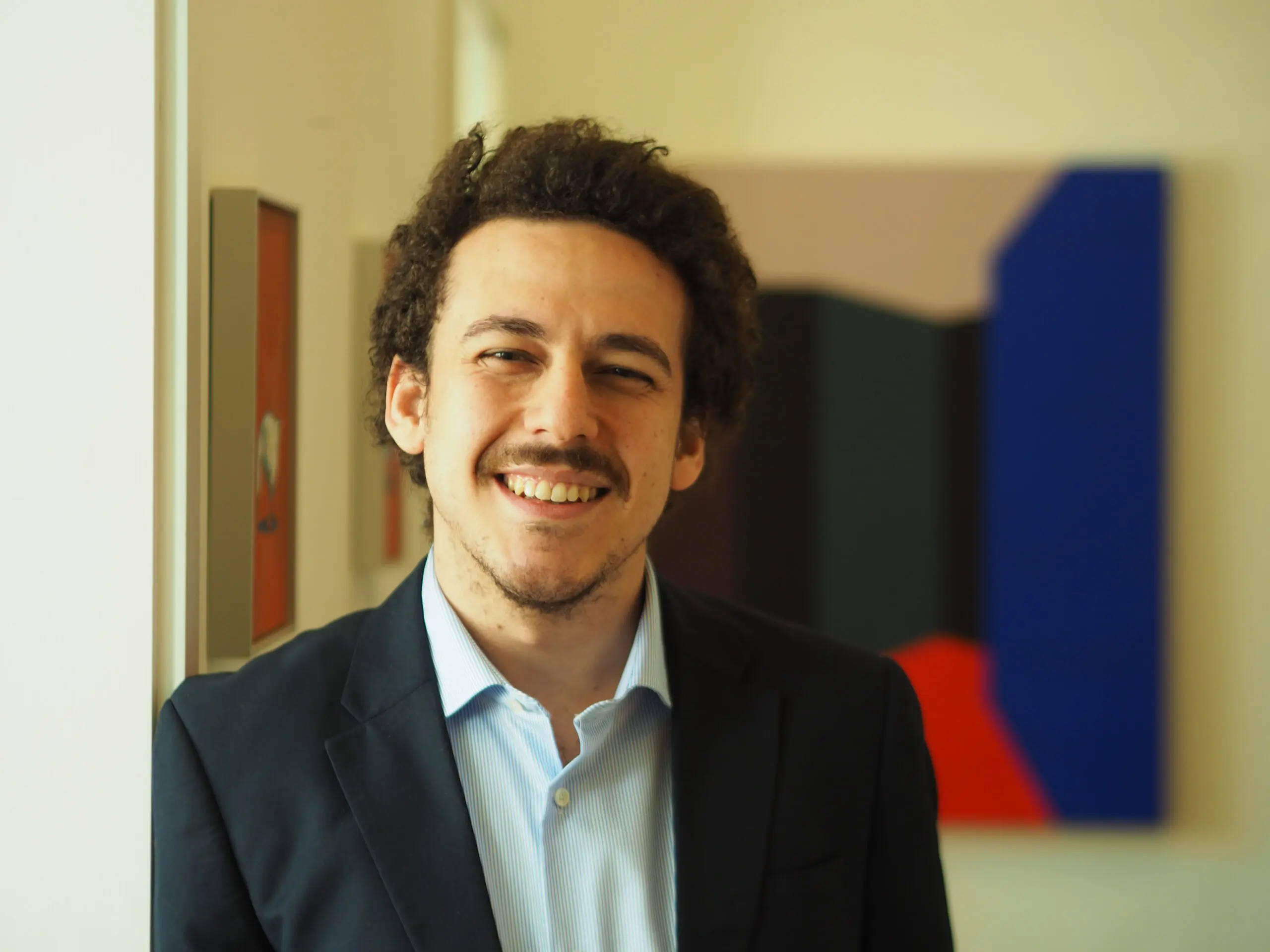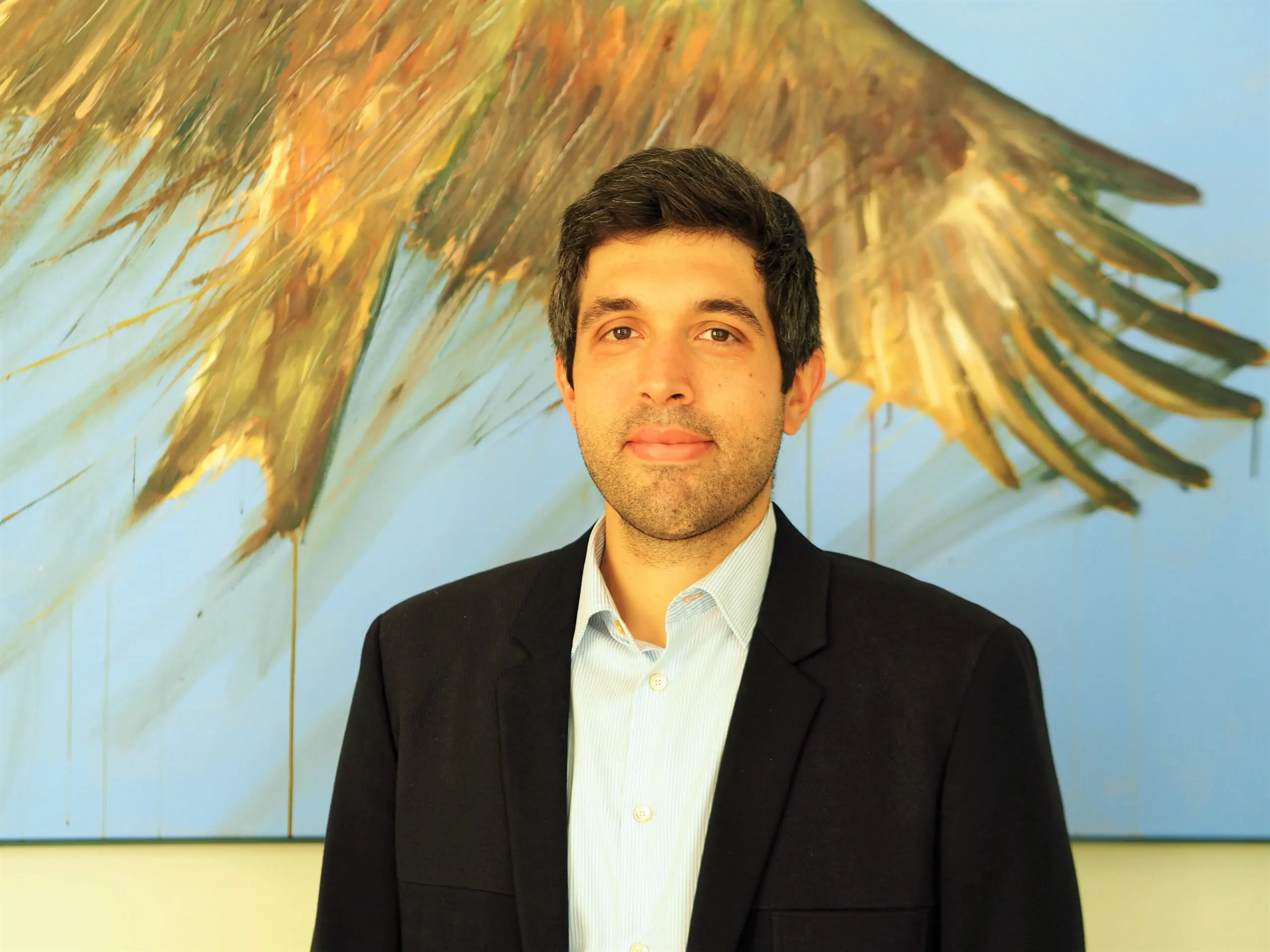Rhetoric and body language, composure, time management, network building or the development of personal feedback competence: these are all soft skills that play a major role in legal practice – but which first need to be acquired. Participating in a moot court offers a marvelous opportunity to expand one’s own social, oral and drafting skills.
Pleading before a “fictitious court” and preparing intensely for this, confronts students with challenges typically encountered by practitioners. Those who accept these challenges learn to develop and improve their own decision-making, responsiveness and manner of communicating. It is a huge advantage, both for upcoming oral exams and in order to ensure that one leaves a mark during the first years as an attorney.
A moot court is a competition in which law students are assigned a fictitious or real case, which they are then asked to present as counsel to one of the parties to a lawsuit before a “fictitious court”.
As an example, the Willem C. Vis International Commercial Arbitration Moot (Vis Moot for short) works as follows: First, the students have to prepare a memorandum for claimant and then a memorandum for respondent in response to the claimant memorandum of another university. In March/April, oral hearings take place in Vienna and Hong Kong, where two “attorneys” on each side engage in a battle of tact, wits, and logic. The students only learn shortly beforehand whether, in that round, they have to represent claimant or respondent. The fact that, at each hearing, one party is represented by two attorneys at once, stems from the circumstance that one attorney is responsible for procedural matters while the other is responsible for substantive issues. The facts of the case are usually designed in such a way that there are two major procedural issues and two major substantive issues. The primary substantive law applicable is the United Nations Convention on Contracts for the International Sale of Goods (CISG), but other rules such as international trade customs may also have to be considered. The applicable procedural rules are usually the arbitration rules of that year’s sponsoring arbitral institution. In the past, these were, for example, the Belgian Centre for Arbitration and Mediation (CEPANI) or the Centre for Arbitration and Mediation of the Chamber of Commerce Brazil-Canada (CAM-CCBC).
Rhetorical skills and body language
Participation in a moot court goes hand in hand with a better understanding of one’s own appearance and the impression one makes on other people. Some teams have the chance to get better at this with the help of a professional coach. (In the past, the Humboldt University team has been extremely fortunate to be supported by John Faulk of Fireside Coaching.) But even if professional help is not available, merely participating in one or more Pre-Moots before the actual event has enormous positive effects. The feedback the participants receive from their own team colleagues, who closely observe the performance in the oral pleadings, helps to make a big leap forward as concerns both rhetorical prowess and body language. Further, at the Vis Moot, the time in which the arguments can be presented is limited – just like in oral exams. This forces the participants to focus on the essentials and to develop a sense of the importance of one argument relative to other arguments. In addition, arbitrators may interrupt the flow of the presentation with questions at any time. Often, this leads to the necessity to do away with the structure originally thought out and to think on one’s feet. In these moments, it is important not to panic but, rather, to have good answers ready to the questions at hand and to be able to play with the order of arguments in such a way that the main points are still brought across within the allotted time.
Restraint even in heated situations
There are also arbitrators who deliberately try to throw participants off track with provocative or inappropriate comments. This tests the participants’ nerves as they must always remain professional and factual and cannot yield to a loss of temper if they wish to still have a chance at winning. This is also an essential soft skill for every attorney: to be able to separate the factual from the personal and to be able to convince even a provocative or unfair arbitrator (or judge) of the arguments in their client’s favor in a calm, respectful manner.
Writing a memorandum, honing one’s arguments
In terms of teaching moments that a moot provides, acquiring the skill of writing a memorandum is certainly one of the most impactful ones. The period in which the law students have to draft their memoranda is a time of intensive cooperation, during which, in addition to teamwork and diligence, research in databases and libraries, the development of a line of argumentation and the structuring of these arguments into a coherent big picture are trained in the most hands-on manner imaginable. Drafting a memorandum is also challenging as concerns language. As with a term paper, only a limited number of pages are available to present one’s arguments. The issue, then, is usually not to fill the pages, but to perfect the art of “editing”, i.e. to consider carefully which sentences can be deleted without the argument losing its power of persuasion.
Shortly before the deadline, this usually leads to an intense few days during which the team goes through the entire memorandum sentence by sentence in an effort to improve each one of them so that everything is said – but as concisely, intelligibly and precisely as possible. During this time, some participants first encounter the painful reality that other team members do not share their fervor for and unwavering love of their favorite word or that a whole paragraph on which they have worked with great effort over weeks and months ends up being deleted in its entirety.
In addition, the fact that one has to write memoranda for both parties is an immense catalyst for the participants’ personal development. When ascertaining the quality of their arguments, they must always ask themselves: what would I respond if I represented the other party? This leads to an inner dialogue in which one’s own arguments are brooded over, tested, deconstructed and put together again and at the end of which one has become acutely aware of the strengths and weaknesses of each argument. Having emerged from this process with a better idea of the arguments, strategies can then be devised for dealing with possible objections and responses from the opposing counsel.
Socializing and networking
The social aspect of a moot court must not be underestimated. During the memorandum drafting phase, the students spend so much time together that, by the end, they probably know many a thing about their team members that even some of their closest friends are oblivious to. At the oral hearings at the latest, however, the circle of new friends and potential business contacts expands to the whole world. Due to its numerous parties and social events, the moot is also the perfect place to have fun and to build and foster relationships. These friendships are not only personally enriching but can also be helpful in one’s career, later in life. Does one of your clients need help with Dutch or Brazilian law? As a former „mootie“, you know immediately to whom you can refer your client and you can rest assured that your moot court friends in other countries will return the favor.
Familiarization with previously unknown matters
Participation in a moot court also equips the participating law students and future attorneys with the self-confidence that comes with knowing that they can familiarize themselves with and even gain considerable expertise in matters not previously studied in a relatively short time. This alleviates the fear that some students may have previously had of having to work on cases the legal questions of which are still unchartered territory to them. Your moot journey will leave you improved in myriad ways that not even the most creative of students will have dared to imagine when they first applied for a spot on a university’s team. A moot court changes you not only as a (future) attorney, but also as a person. WAGNER Arbitration knows this firsthand. It counts among its ranks former participants and is actively involved in supporting the team of Humboldt-Universität zu Berlin as well as the Vis Moot at large.
This article was first published in its original, German version on: https://anwaltsblatt.anwaltverein.de/de/studium-und-referendariat/studium/moot-court-die-kunst-des-ueberzeugens



